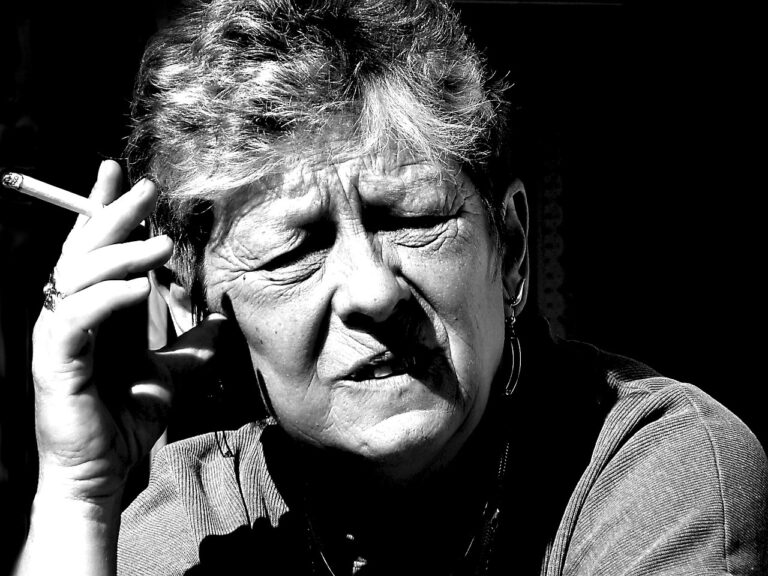Mindful Art Therapy: Using Creativity to Heal and Express Emotions
Art therapy is a powerful tool for healing that taps into the creative expression innate in every individual. Through the process of creating art, individuals can access and express their emotions, thoughts, and experiences in a non-verbal manner. This can be particularly beneficial for those who find it challenging to articulate their feelings through words alone.
Engaging in art therapy can help individuals gain insight into their inner world and foster self-awareness. By exploring colors, shapes, and textures, individuals can externalize their internal struggles and navigate through them in a safe and supportive environment. The act of creating art can be a cathartic experience, allowing individuals to release pent-up emotions and process difficult feelings in a constructive and therapeutic way.
Understanding the Connection Between Creativity and Emotions
Art and creativity have a profound impact on our emotional well-being. Engaging in creative activities allows individuals to express their emotions in a non-verbal way, providing an outlet for feelings that may be difficult to articulate through words. Through the process of creating art, individuals can explore and delve into their emotions, gaining new insights and perspectives on their inner world.
Creativity taps into the subconscious mind, allowing repressed feelings and thoughts to surface and be processed. This cathartic experience can be incredibly therapeutic, helping individuals to make sense of their emotions and experiences. The act of creating art can also serve as a form of self-discovery, as individuals uncover hidden aspects of themselves and gain a deeper understanding of their emotional landscape.
Exploring Different Art Forms in Therapy
Art therapy encompasses a variety of art forms that can be utilized to facilitate healing and self-expression. Painting is a common medium used in therapy, allowing individuals to convey their emotions and experiences through color, texture, and form. The act of painting can offer a cathartic release, enabling clients to explore their innermost thoughts in a non-verbal way.
Sculpture and ceramics are other art forms often incorporated into therapy sessions. Working with clay or other sculpting materials can be a tactile and grounding experience, promoting mindfulness and sensory exploration. The process of shaping and molding three-dimensional forms can provide a sense of control and empowerment, allowing clients to externalize their feelings and experiences through their creations.
What is art therapy and how does it help in healing?
Art therapy is a form of therapy that utilizes creative processes to improve mental health and well-being. It allows individuals to express themselves non-verbally, tap into their emotions, and explore their thoughts in a safe and supportive environment, leading to healing and personal growth.
How does creativity play a role in our emotions?
Creativity and emotions are closely interconnected, as the act of creating art can help individuals process and express their feelings in a unique and meaningful way. Engaging in creative activities can lead to a deeper understanding of one’s emotions and provide a sense of release and catharsis.
What are some different art forms used in therapy?
Some different art forms commonly used in therapy include painting, drawing, sculpture, collage, and music therapy. Each art form offers a unique way for individuals to explore their emotions, experiences, and thoughts, allowing for a holistic approach to healing and self-discovery.







